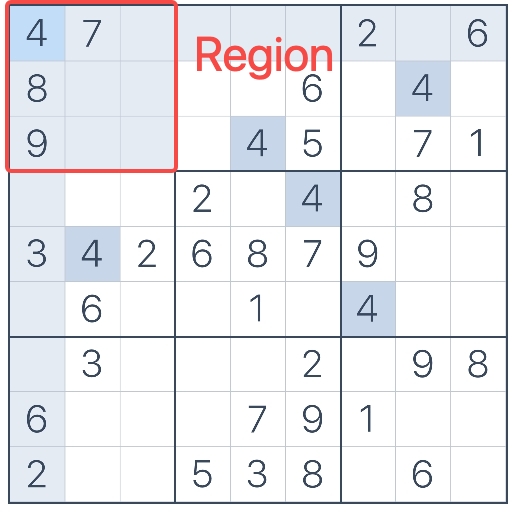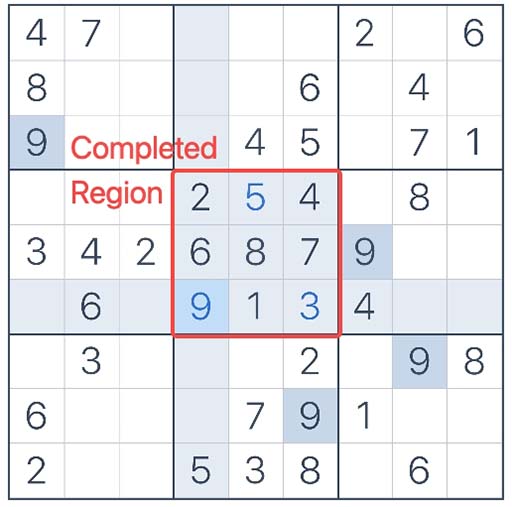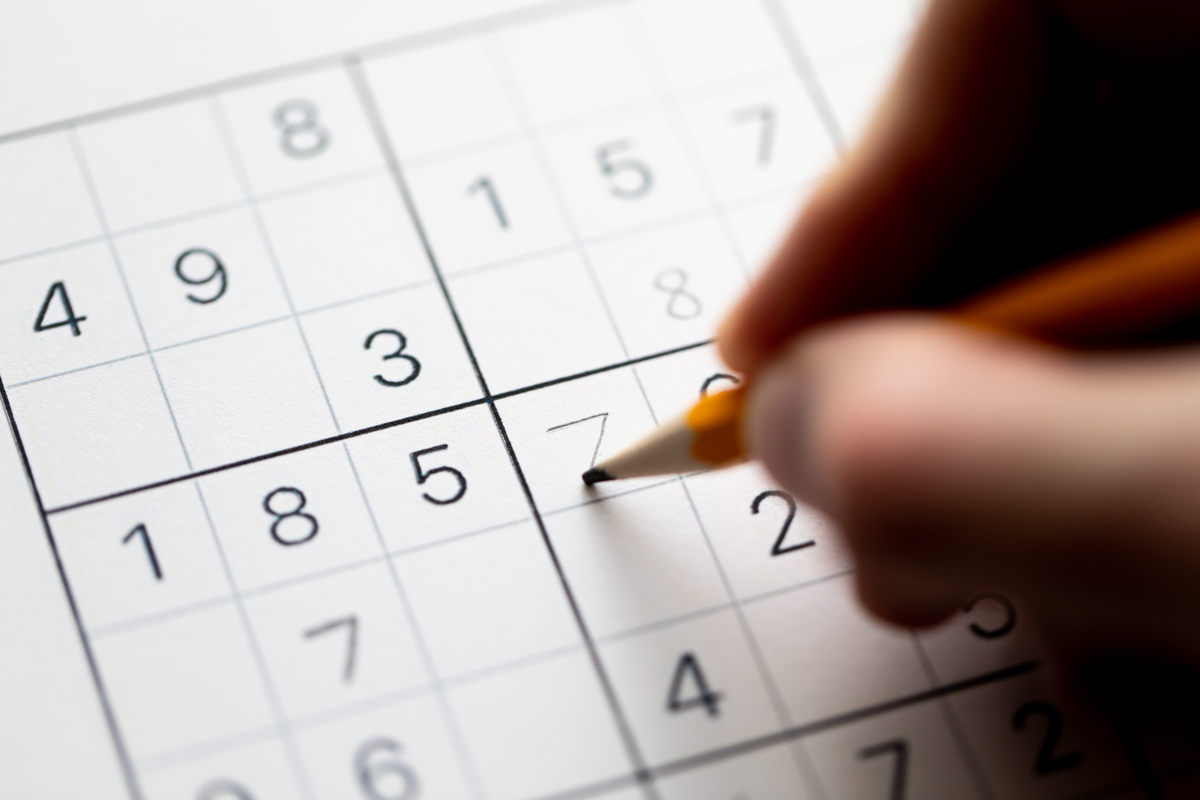
Number games and puzzles have been a fun way to use math around the world for centuries. No number game stands out more than Sudoku! As a number and logic puzzle, Sudoku has become a mainstay of video games, newspapers, phone apps, puzzle books, and airports! This exciting brain teaser is one of the most fun ways to help kids and adults embrace a love for math! Continue reading about the “History of Sudoku: The World’s Favourite Math Puzzle!” to learn why playing Sudoku is so much fun!
To spread the word about this educational and fun game, Spark Education is announcing a new Global Sudoku Challenge. The online competition, which will take place from 22 to 29 October, calls for children aged 5-12, families, friends, and anyone from beginner- to expert-level Sudoku enthusiasts to sign up, form a team, and participate in the free-to-register event. Registration begins now. Sign up today and take your chance to flex your brain, have fun with families and friends, and also win great prizes!
What is a Sudoku puzzle and how do you solve it?
In classic Sudoku, players are given a puzzle board made up of a 9-by-9 grid. These grids are made up of squares (also called blocks or boxes) and include smaller 3-by-3 sections called regions. Each puzzle will begin with a few squares filled with numbers between 1-9. The goal of Sudoku is to make sure each region, vertical line, and horizontal line includes every number between 1 and 9 with no duplicates. The numbers don’t have to be in any specific order, they just need to include all the numbers with no repeated ones.


Sudoku can be intimidating to people when they see it for the first time. Once you get the hang of it, it becomes an exciting mental challenge you won’t be able to stop playing. A Sudoku board can also be made easier or more challenging by adding or removing a few of the starting filled-in squares. Check out this example below!

What inspired Sudoku?
Math puzzles have been around for centuries. Games like “Magic Squares” or “Latin Squares” use very intricate arithmetic to fill up huge numerical grids. These games were made for the most obsessed mathematicians and puzzle fans. And because mathematics is the same all over the world–a phrase or formula has the same meaning, e.g., 2+2 always equals 4, no matter what country or language—math can act as a universal language, allowing these math games to spread around the world!
Here’s a fun fact–did you know that Prime Minister Lee Hsien Loong himself has created a computer program that solves Sudoku puzzles? PM Lee, who had studied math at the University of Cambridge during his undergraduate years, is also known for sharing math-related topics on Facebook every now and then. In 2015, he shared a code that he had written in the C++ programming language for a program that solves Sudoku on his Facebook, and even encouraged viewers to inform him of any bugs!
The history of modern Sudoku

In the late 1970s, a retired architect and magazine puzzle maker from India named Howard Garns created the first example of Sudoku. While he built the puzzle anonymously, it was published by Dell Magazines in 1979 under the name “Number Place.” The game became popular enough to be included in puzzle books. While these puzzle books would do well, Garns’ game would find a passionate fan base halfway around the world, in Japan.
In the 1980s, “Number Place” was introduced to Japan under the name Sudoku. The new name was a shortened version of the Japanese phrase “Sūji wa dokushin ni kagiru,” meaning “the digits are limited to one occurrence.” With a new catchy name, Sudoku started taking Japan by storm.
Crossword puzzles weren’t popular in Japan at that time, so this number game became Japan’s go-to puzzle game. Sudoku became the perfect way to have fun while relaxing or traveling. It would soon appear in newspapers, magazines, and even video games around the world.
Sudoku, Spark Education, and making math fun!
Today, Sudoku is a game that makes math and logic fun for all ages. Spark Education is celebrating this game alongside the passionate puzzle players worldwide with the Global Sudoku Challenge. For the month of October 2023, Spark Education is inviting children ages 5-12 to participate in this free online event filled with great puzzles, exciting new ways to play, and cash prizes.
Participants and Winners can receive:
- Cash prizes of up to $1,000 USD for winners
- Given the option to donate winnings to a charity of the winner’s choice.
- Children who participate in the team competition and make it to the finals will have the chance to receive a coveted STEM certificate.
- All those who sign up and participate in the competition will receive an electronic certificate of participation that they can later print out and frame if they wish.
Challenge yourself and your family to some of the most exciting and challenging Sudoku puzzles created specifically for this competition. Spark Education is excited to see all the passionate puzzle players try and become a true Sudoku Star! Sign up today!
Try Spark for yourself!
Spark Math by Spark Education has reimagined how children learn math by changing boring math lessons into exciting math adventures with gamified learning and captivating animations. Spark Math is an online programme that provides an interactive and engaging learning experience taught by experienced teachers in real time. Kids of all skill levels, from K2 to P5, will get a new outlook and love for math. Get ready to become a math ace with fun characters, engaging animation, and specialised gamified learning exercises. Get signed up for a free trial today!
Interested in attending in-person lessons? Spark Education Learning Centre at i12 Katong brings the excitement and ingenuity of our online programme to students in classrooms. Spark Education Learning Centre creates the best environment for children to learn effectively with live teachers, gamified lessons, and high-tech classrooms. Schedule a consultation with us to find out your child’s learning gaps and experience a free trial class.




